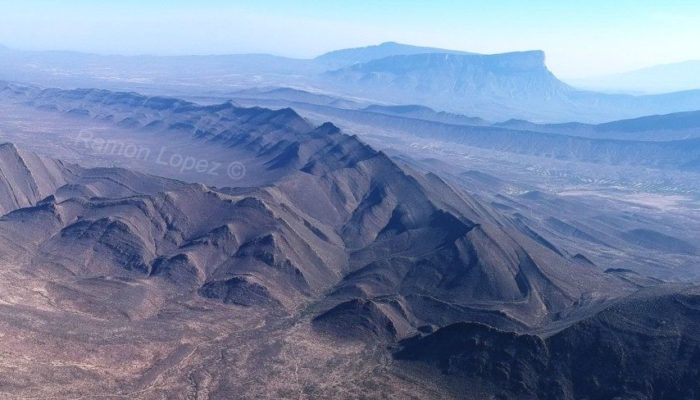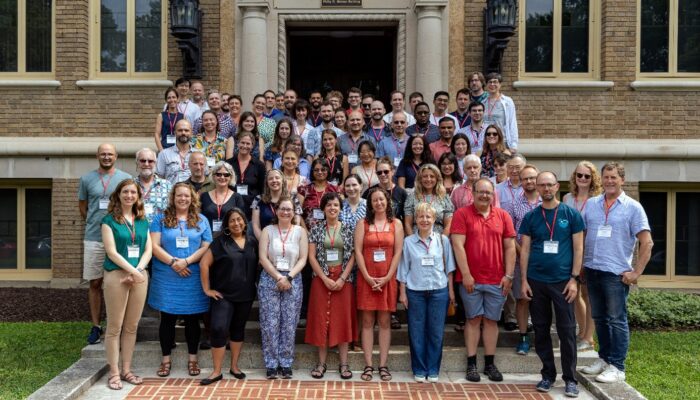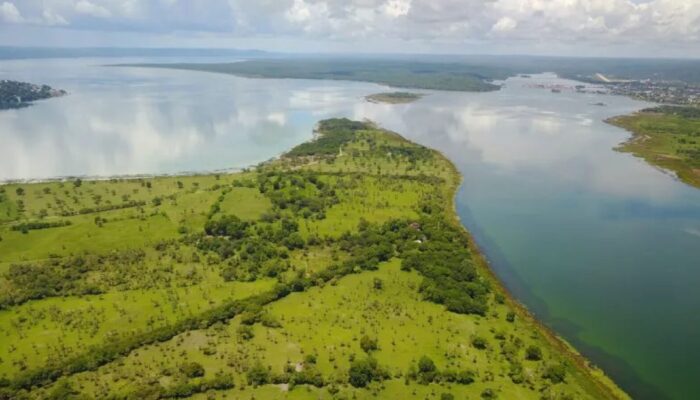There is a place in the NE of Mexico where anyone can learn heaps about the dynamics of the ground beneath our feet while enjoying the wonders of the desert. Geologists call the area ‘La Popa Basin’. La Popa means “The Bow”, a name that comes from the shape of one of the mountains in this area, which resembles the front part of a very large boat. This place is a perfect training field for ge ...[Read More]
When huge masses of salt move underground: lessons from outcrops that go beyond the table salt





